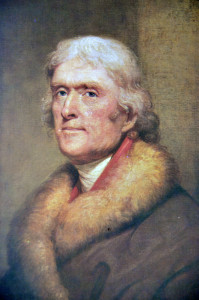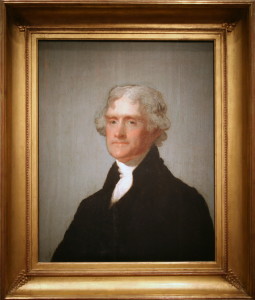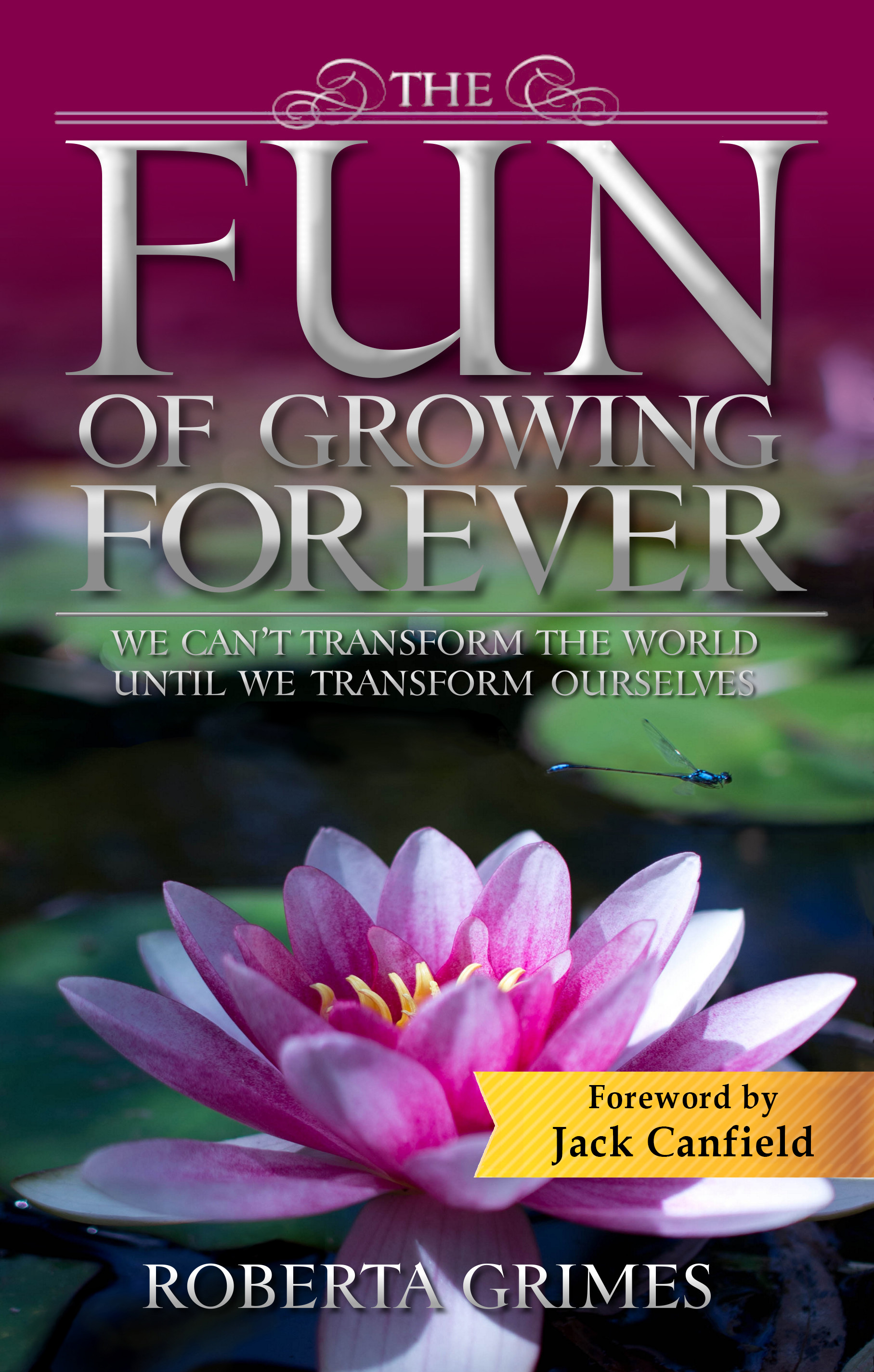No one who enjoyed last Sunday’s celebrations – all pastel flowers and  chocolate eggs and carving a ham on the holiday table – can have given any serious thought to what Easter is supposed to mean. Christians refer to Jesus as our “Savior” and “Redeemer.” Those words so gaily trip off the tongue! God proved His perfect love for us when He sent His only begotten Son to die for our sins. Pass the raisin sauce.
chocolate eggs and carving a ham on the holiday table – can have given any serious thought to what Easter is supposed to mean. Christians refer to Jesus as our “Savior” and “Redeemer.” Those words so gaily trip off the tongue! God proved His perfect love for us when He sent His only begotten Son to die for our sins. Pass the raisin sauce.
The Easter story makes no sense. How could a loving and rational God do any of the following?
- Eternally blame us for whatever Adam might have done in the Garden of Eden;
- Demand a blood-sacrifice from us in atonement for Adam’s sins and for our own;
- Refuse to be satisfied by any possible sacrifice that we might provide;
- Beget a perfect Son on earth specifically to be our sacrifice to Him;
- Enjoy the horrible murder of His Son enough that at last He can forgive us.
I submit to you that if any human being did even one of these things, we would judge him pretty harshly! Not a single item on this list could possibly be the  rational act of a God that was even half as loving as the meanest human misanthrope.
rational act of a God that was even half as loving as the meanest human misanthrope.
As I prepared to convert to Catholicism long ago, I took lessons from an indulgent priest who gamely tried to answer my questions. I recall once asking him to please explain the Easter story to me. I gave him a version of the above list, then said, “What does Rome say about that, Father?”
His answer was just, “It’s a sacred mystery.”
In the end, he told me that I would have to accept the Easter story on faith or I could never become a Catholic. For my husband’s sake, I accepted it. I felt as Galileo must have felt when he was forced by the Church to recant his belief that the earth revolves around the sun.
The Easter story is not true. I’ve spent decades studying nearly two hundred years of abundant and consistent communications from people we used to think were dead, and I’ve compared notes with other afterlife researchers. I can tell you incontrovertibly that there is not one bit of evidence that God has ever judged a single human being. No evidence that the death of Jesus on the cross has made any afterlife difference. And beyond that, anyone who ever has troubled to study the Gospel words of Jesus can prove that the Easter story is wrong because Jesus tell us that Himself. He says:
“For not even the Father judges anyone, but He has given all judgment to the Son, so all will honor the Son even as they honor the Father” (JN 5:22-23).
Then Jesus assures us that:
“If anyone hears My sayings and does not keep them, I do not judge him; for I did not come to judge the world, but to save the world” (JN 12:47).
It seems to have been only the notion that Jesus came to save the world that registered  with the early Church fathers. Save the world from what? Why, from God, of course! Er… what?
with the early Church fathers. Save the world from what? Why, from God, of course! Er… what?
And thus was begun a faulty theology that perverts the meaning and the message of Jesus and makes of the Master’s beautiful gift just a scary and nonsensical mess. What Jesus came to save the world from was the massive spiritual ignorance that still encumbers us to this day.
So, what would the Master Himself tell us is the genuine meaning of Easter?
Jesus was born among Iron Age primitives with the powerful message that God is Spirit, each human mind is part of God, and therefore all our lives are eternal. Try getting people to believe that even now, when we have the evidence to prove it! Back then, there was nothing Jesus could say that would convince His listeners that even when you seem to be dead, you are not dead at all. So He gave them a miracle. He arranged a ghastly public execution so it would be indisputably true that He had become stone-cold, flat dead. Then three days later He reanimated His body.
“Ta-da! I didn’t die, and neither will you!”
The Christian take on Easter is wrong, so our use of an ancient method of execution as a 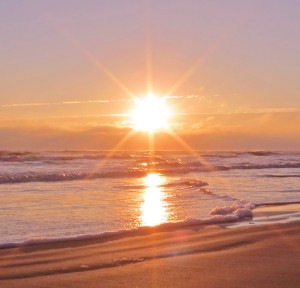 symbol for Jesus is repellent to Him. One elevated being has said in frustration, “The cross is a first-century electric chair! What does that have to do with the Master?” That same communicator has told us that what the Master wants us to use for His symbol is a sunrise. The dead tell us that the symbol of a new day dawning will replace the cross once all of humankind has learned the truth about who and what we are.
symbol for Jesus is repellent to Him. One elevated being has said in frustration, “The cross is a first-century electric chair! What does that have to do with the Master?” That same communicator has told us that what the Master wants us to use for His symbol is a sunrise. The dead tell us that the symbol of a new day dawning will replace the cross once all of humankind has learned the truth about who and what we are.
photo credit: <a href=”http://www.flickr.com/photos/72422958@N00/450912383″>Eggs</a> via <a href=”http://photopin.com”>photopin</a> <a href=”https://creativecommons.org/licenses/by-nc-nd/2.0/”>(license)</a>


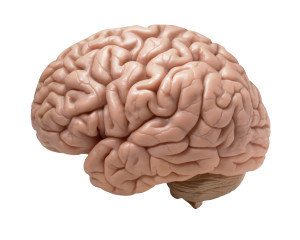
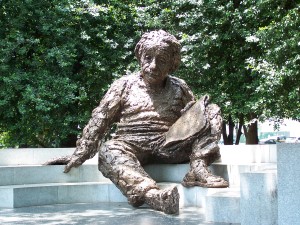


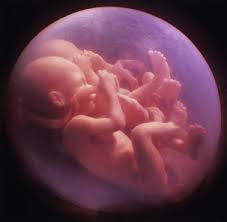





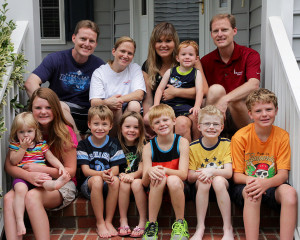
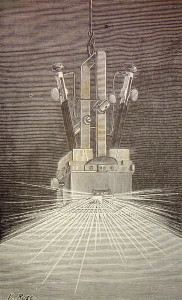


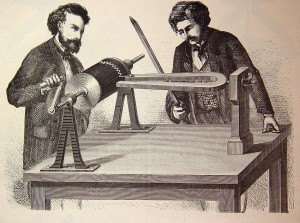
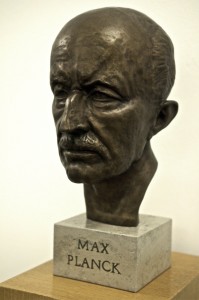
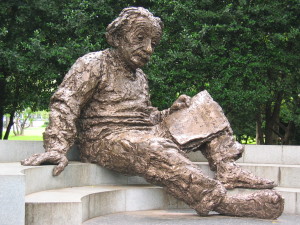


![Pageflex Persona [document: PRS0000038_00067]](https://robertagrimes.com/wp-content/uploads/2015/12/Liberating-Jesus-Metallic-Front-Cover-197x300.jpg)
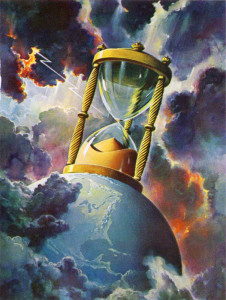
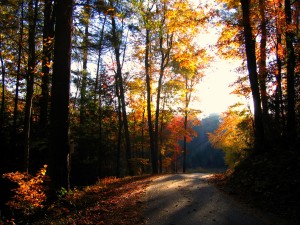

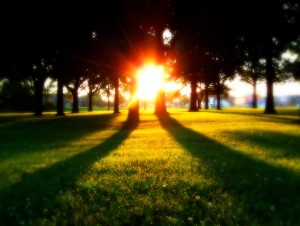
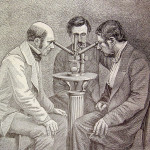
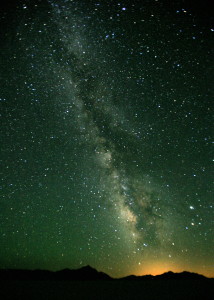
![Pageflex Persona [document: PRS0000038_00067]](https://robertagrimes.com/wp-content/uploads/2015/12/My-Thomas-Front-Cover-188x300.jpg)

